Crestone Peak
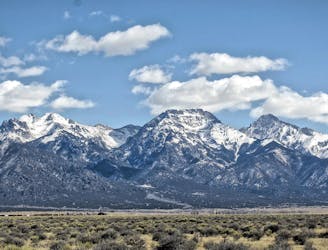
Climb one of the most beautiful and most challenging of Colorado's 14ers
Moderate Alpine Climbing
- Distance
- 17 km
- Ascent
- 1.8 km
- Descent
- 1.8 km

The highly-technical 5th Class traverse route/combo of Crestone Peak and Crestone Needle.
Alpine Climbing Severe

The highly technical traverse from Crestone Peak to Crestone Needle opens up the opportunity to bag both of these iconic peaks in one climb, but this traverse is renowned as one of the most difficult mountaineering challenges on Colorado's 14ers. This upper 4th-class to low 5th-class traverse is very challenging, ultra-exposed, and in many sections, a fall would be fatal.
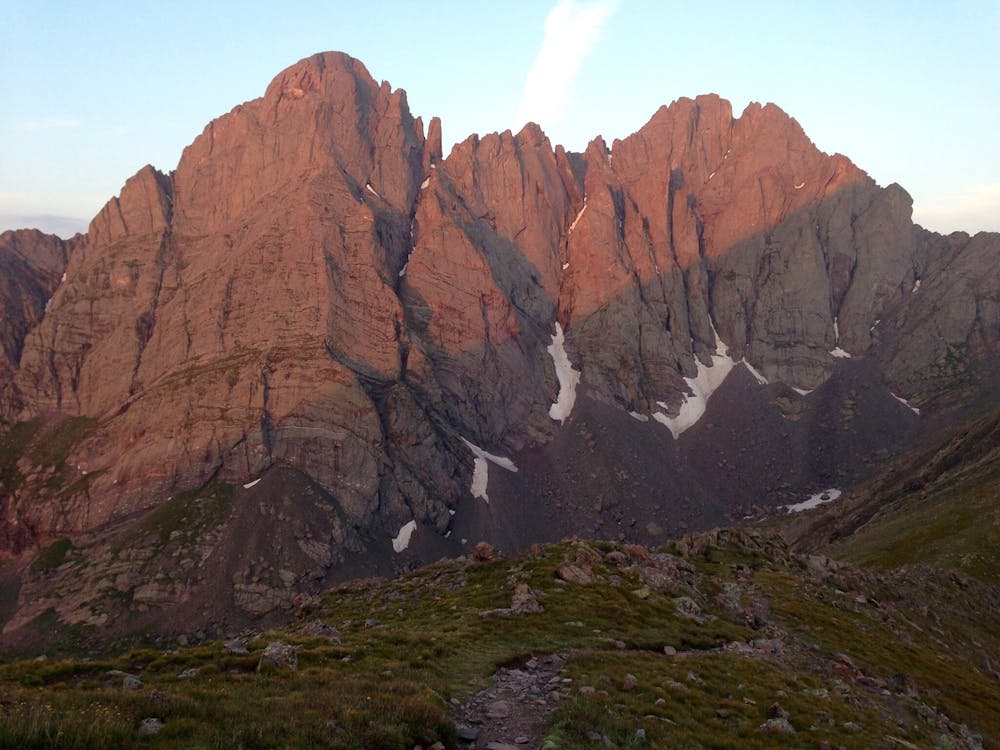

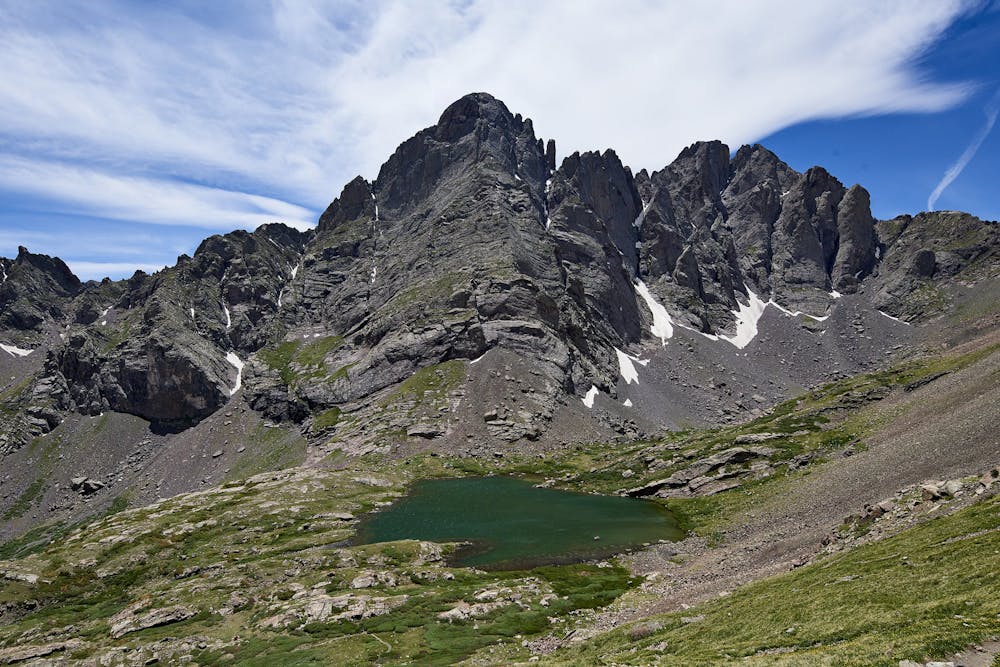
14ers.com posts a serious warning on this route, quoted here in full: "This route involves difficult, exposed Class 4 climbing and a fall on the final pitch would almost certainly be fatal. Unless you've climbed a bunch of Class 3 and 4 routes and are comfortable with exposed Class 4 terrain, climbing the Crestones separately, by their standard routes, is probably a better idea. Once you're on the crux wall below the Needle's summit, it takes a bit of work to keep the difficulty below Class 5 and then there's the exposure. If you get the heebie-jeebies from exposure, this wall might make you cry or crap your pants."
Think you're up to the challenge? Carry on reading…
The linkup requires first ascending Crestone Peak, then completing the traverse, and then descending from the Needle. If you climb in this direction, it's posssible to complete the route without a rope, but if you attempt the traverse in the other direction, you will need a rope to rappel down a few of the steep walls.
The climb to the summit of Crestone Peak begins with a long approach up the 4x4 road. Then, you'll hit a trail, and eventually reach the main pitch of the climb: the Red Gully.
While the climb is Class 3, it's not too difficult overall. However, the final pitch to the summit requires a scramble up a series of rock ledges. "Depending on your climbing skills, you may find this final pitch to be more difficult than the gully," according to 14ers.com. "After the short scramble from the notch, reach The Peak's rugged summit," they conclude.
Once you tag the summit, it's time for the main event: the traverse!
From the summit, you'll descend a south-facing couloir until you are about level with the saddle. The saddle is your major waypoint, as you skirt along some massive rock buttresses. The key to the traverse is "to stay well below the ridge on its southwest side," according to Gerry Roach in Colorados Fourteeners.
From the saddle, you'll have to overcome a significant peak in the ridgeline. You'll drop down a ledge system and then head back upward to overcome the peak. "Navigation here is key," warns JWclimbs on Summitpost.org. "Use caution when crossing the couloir tops and gullies after the gendarmes, as the broken rock is loose and handholds are very limited."
Now you're confronted by the crux move of the traverse: a very stiff 4th-class climb that some climbers rate as 5th-class. Not only is this the most exhilarating part of the climb, but it could also be the most deadly due to extreme exposure. If you have any doubt that you can climb a lower Class 5 route at almost 14,000 feet above sea level, after an early morning rise, after hours of climbing in the mountains, and with a full pack on, you shouldn't attempt this route. If you have even a little doubt, you should consider bringing ropes and protection.
Once on the summit of the Needle, your day is still not over: you still have to descend all the way back to your car. You'll descend by the classic climbing route up the needle, which requires dropping into a gully and then crossing a rib to switch to a different gully for an easier descent. If you stay in the main gully, it'll be a Class 4 downclimb, but if you switch between the two gullies, you might be able to keep it to Class 3 terrain. Familiarity with the ascent up Crestone Needle would be highly advantageous.
Sources: https://www.14ers.com/route.php?route=cnee3&peak=The+Crestones+and+Humboldt+Peak https://www.14ers.com/route.php?route=cpea2&peak=The+Crestones+and+Humboldt+Peak https://www.summitpost.org/crestone-peak/150435 https://www.summitpost.org/peak-to-needle-traverse/156208
Severe
Steep, sustained and serious terrain on rock/ice. Routes will be long, exposed and possibly committing. D, D+

Climb one of the most beautiful and most challenging of Colorado's 14ers
Moderate Alpine Climbing
1 m away
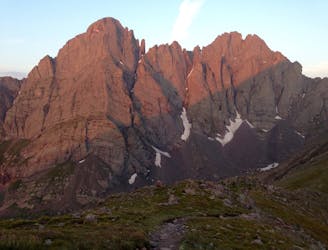
One of the most aesthetic and challenging Colorado 14ers.
Moderate Alpine Climbing
6.3 km away

Standard route up the Challenger Point and Kit Carson 14ers outside of Crestone, CO.
Moderate Alpine Climbing
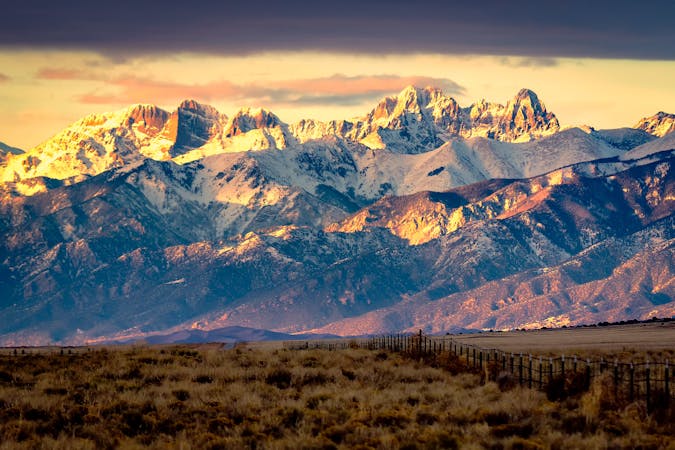
10 routes · Alpine Climbing · Hiking
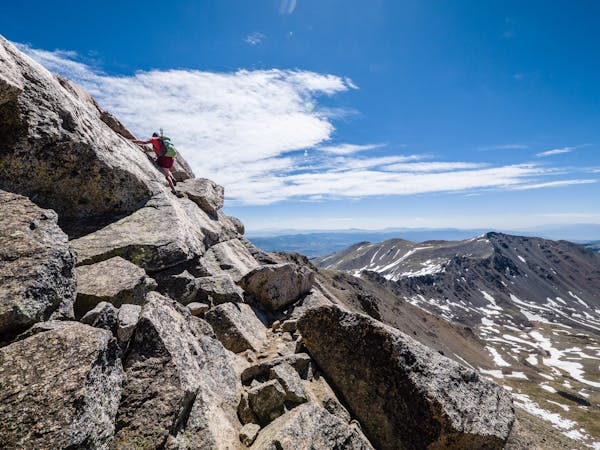
46 routes · Alpine Climbing · Hiking
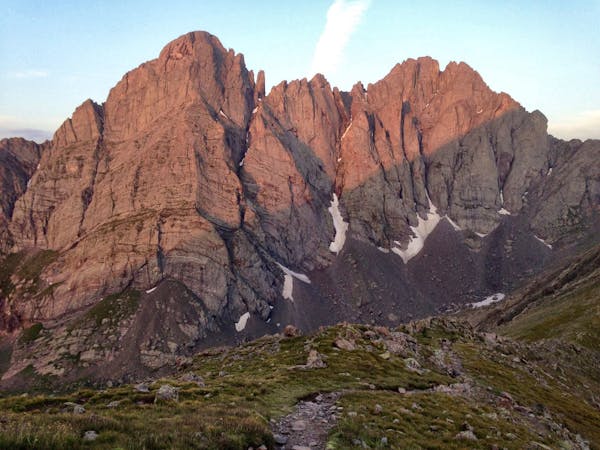
4 routes · Alpine Climbing